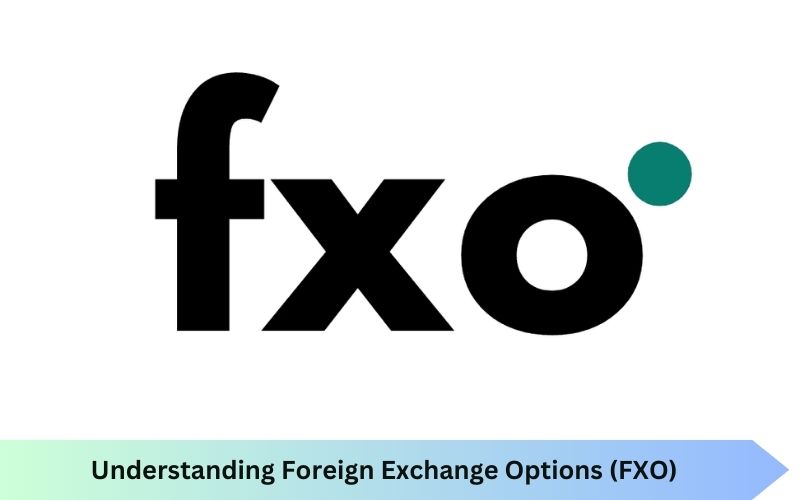Foreign Exchange Options, commonly referred to as FX Options or FXO, are financial instruments that provide the buyer the right, but not the obligation, to exchange a specified amount of one currency for another at a predetermined exchange rate on or before a specified date. FX Options are widely used in the world of international finance and trade as a tool for hedging against foreign exchange risk or for speculative purposes.
Types of FXO
FX Options come in two primary types:
- Call Options: A call option gives the holder the right to buy a currency at a specified price.
- Put Options: A put option gives the holder the right to sell a currency at a specified price.
Additionally, FX Options can be classified based on their exercise style:
- European Options: Can only be exercised at the expiration date.
- American Options: Can be exercised at any time before or on the expiration date.
How FXO Work
When purchasing an FX Option, the buyer pays a premium to the seller. This premium is the cost of the option and provides the buyer with the right to exchange currencies at the agreed-upon rate, known as the strike price. If the market exchange rate becomes more favorable than the strike price, the buyer can exercise the option to profit from the difference. If not, the buyer can let the option expire worthless, only losing the premium paid.
Benefits of Using FXO
- Hedging: FX Options are an effective tool for businesses and investors to hedge against adverse currency movements, protecting their financial interests.
- Flexibility: Unlike forward contracts, options provide the right but not the obligation to transact, offering more flexibility.
- Limited Risk: The maximum loss for the option buyer is limited to the premium paid, while potential gains are theoretically unlimited.
Risks Associated with FXO
While FX Options offer several benefits, they also come with risks:
- Premium Costs: The cost of purchasing options (the premium) can be high, particularly in volatile markets.
- Complexity: FX Options can be complex financial instruments, requiring a good understanding of market dynamics and pricing models.
- Market Risk: The value of an FX Option can be influenced by various factors, including changes in interest rates, market volatility, and economic events.
Practical Applications of FX Options
FX Options are used by various market participants, including:
- Corporations: To hedge foreign currency receivables and payables, reducing exposure to currency risk.
- Investors: To speculate on currency movements, potentially profiting from favorable exchange rate shifts.
- Financial Institutions: To offer structured products and solutions tailored to their clients’ needs.
Conclusion
Foreign Exchange Options are powerful financial instruments that offer significant benefits for hedging and speculation in the foreign exchange market. Understanding the intricacies of FX Options, including their types, benefits, and associated risks, is crucial for businesses and investors looking to manage currency exposure effectively. Whether used for protection against unfavorable currency movements or for taking advantage of favorable shifts, FX Options play a vital role in the global financial landscape.





